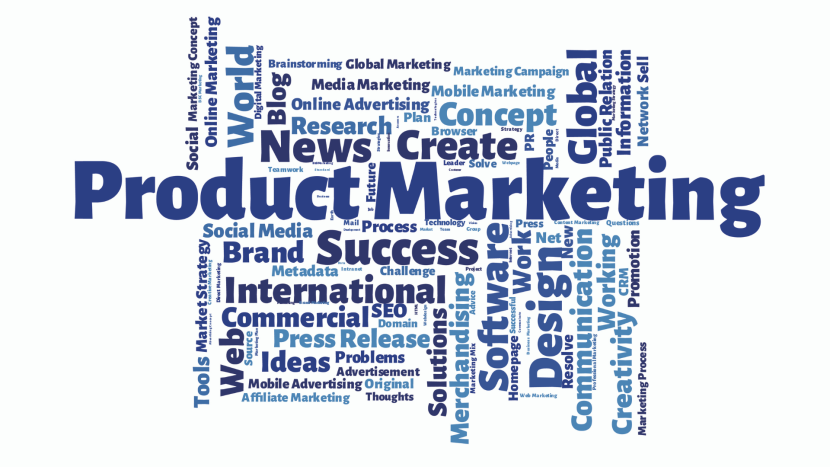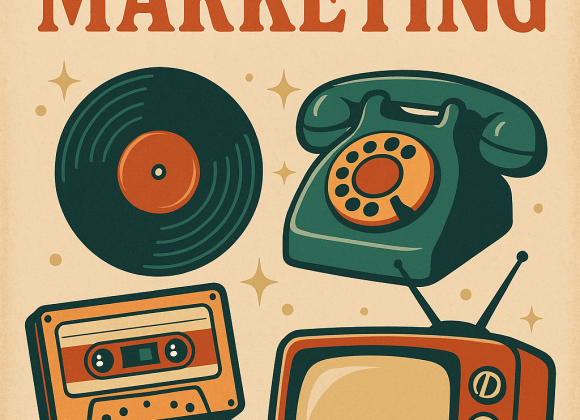In an era defined by rapid digital transformation, AI-driven tools, and evolving consumer expectations, knowing how to market a product in 2025 takes more than creativity—it demands strategic thinking, adaptability, and cutting-edge technology.
Traditional methods like TV ads and print media are no longer enough. Today’s consumers seek personalized experiences, instant engagement, and real value. Whether you’re a marketing professional, entrepreneur, or small business owner, understanding how to market a product effectively has never been more crucial.
To help you stay ahead of the curve, here are 10 highly effective ways to market a product in 2025—each designed to capture attention, build trust, and drive results in a fast-paced, competitive landscape.
1. AI-Powered Personalization at Scale
Why It Works:
AI doesn’t just automate—it understands. From product suggestions to personalized emails and tailored ads, AI tools create custom experiences that resonate with each user.
Implementation Tips:
- Use platforms like HubSpot, Klaviyo, or ActiveCampaign to automate segmented email campaigns based on behavior.
- Deploy AI chatbots (like Drift or Intercom) on your product pages to guide customer decisions in real time.
- Use AI tools like Persado to create emotionally resonant product messaging based on audience analytics.
Bonus Insight:
2. Optimize for Voice and Conversational Search
Why It Works:
Voice search has become a standard part of user behavior, especially on mobile. People are searching differently—using full questions rather than keywords.
Implementation Tips:
- Target long-tail and question-based keywords like “What’s the best eco-friendly toothpaste in India?”
- Structure your content using schema markup and optimize for featured snippets (Position Zero).
- Focus on mobile and page speed—voice searches often come from smartphones and smart assistants.
Bonus Insight:
3. Influencer & Nano-Influencer Collaborations
Why It Works:
Social proof remains one of the strongest marketing levers. In 2025, authenticity beats celebrity. Nano-influencers (1K–10K followers) drive higher engagement due to closer ties with their communities.
Implementation Tips:
- Partner with influencers aligned with your niche and values. A health food brand can collaborate with wellness bloggers.
- Focus on user-generated content (UGC) by asking influencers to review, unbox, or demonstrate your product.
- Track campaign ROI using discount codes or UTM parameters.
Bonus Insight:
4. Immersive & Interactive Content
Why It Works:
Static content is no longer enough. Interactive formats drive longer engagement and more qualified leads by allowing customers to engage actively, not passively.
Implementation Tips:
- Create interactive product quizzes (like “Find Your Ideal Skincare Routine”) with tools like Outgrow or Typeform.
- Use AR/VR experiences for product visualization. Brands like Lenskart let users virtually try on glasses.
- Host live shopping events or product walkthroughs on Instagram or YouTube Live.
Bonus Insight:
According to DemandGen, interactive content generates 2x more conversions than static content.
5. Performance-Driven Paid Advertising
Why It Works:
Digital ad platforms in 2025 use machine learning to predict buyer behavior, making paid advertising smarter than ever before.
Implementation Tips:
- Use Google’s Performance Max Campaigns and Meta’s Advantage+ Shopping Campaigns for AI-optimized targeting.
- Invest in programmatic advertising to reach niche audiences in real-time.
- Use geotargeting and device-based segmentation for local or mobile-heavy campaigns.
Bonus Insight:
With AI automation, CPC costs can reduce by 15–30% while improving ROI—if optimized correctly.
6. Social Commerce and Shoppable Content
Why It Works:
Social media is no longer just a place for branding—it’s now a marketplace. Shoppable posts eliminate steps in the buying process, making impulse buying easy.
Implementation Tips:
- Enable Instagram and Facebook Shops, syncing your product catalog with platforms like Shopify or WooCommerce.
- Use TikTok Shopping integrations and collaborate with creators for viral product demos.
- Incorporate Buy Now features in Stories, Reels, and Pins.
Bonus Insight:
Statista forecasts global social commerce sales to reach $2.9 trillion by 2026. Early adopters are already reaping the benefits.
7. Short-Form Video Marketing
Why It Works:
Short videos (under 60 seconds) dominate consumer attention spans. Platforms like TikTok, YouTube Shorts, and Instagram Reels are redefining product storytelling.
Implementation Tips:
- Share behind-the-scenes content, product tips, and customer testimonials in short video formats.
- Add trending sounds, captions, and CTAs to increase discoverability and engagement.
- Cross-post content across platforms and monitor engagement through analytics tools.
Bonus Insight:
According to Wyzowl, 84% of consumers say a brand’s video has convinced them to buy a product.
8. Build Brand Communities
Why It Works:
Customers are no longer just buyers—they want to belong. Communities drive loyalty, retention, and organic advocacy.
Implementation Tips:
- Create a Facebook group, Discord server, or Telegram channel for product discussions and support.
- Host virtual meetups, challenges, or Q&A sessions.
- Encourage UGC and reward community members with exclusive access or loyalty points.
Bonus Insight:
9. Purpose-Driven & Ethical Marketing
Why It Works:
Modern customers support brands with a cause. If your product has a social, environmental, or ethical mission, it can become your biggest marketing asset.
Implementation Tips:
- Clearly communicate your sustainability efforts, sourcing ethics, or social impact projects.
- Collaborate with NGOs or social organizations and promote co-branded campaigns.
- Share behind-the-scenes stories about your mission on social media and email newsletters.
Bonus Insight:
10. Conversion Rate Optimization (CRO) for Websites and Funnels
Why It Works:
Your marketing efforts are only as good as your conversion funnel. An optimized website ensures that interest turns into action.
Implementation Tips:
- Run A/B tests on headlines, CTAs, button colors, and page layouts using tools like Google Optimize or VWO.
- Install heatmaps (Hotjar, CrazyEgg) to identify user drop-off points.
- Use exit-intent popups, product bundling, and urgency triggers (countdowns, limited-time offers) to boost conversions.
Bonus Insight:
Even a 1-second delay in load time can lead to a 7% drop in conversions (as per Akamai research).
Conclusion
The marketing playbook in 2025 is smarter, faster, and more customer-centric than ever. To market a product successfully in today’s landscape, you must blend innovation with authenticity, data with creativity, and automation with a human touch.
From AI personalization to immersive experiences, the tools and strategies are within reach—you just need to tailor them to your brand’s goals and audience.





